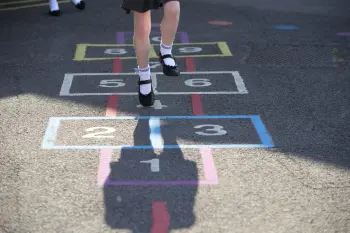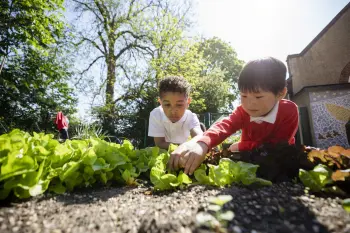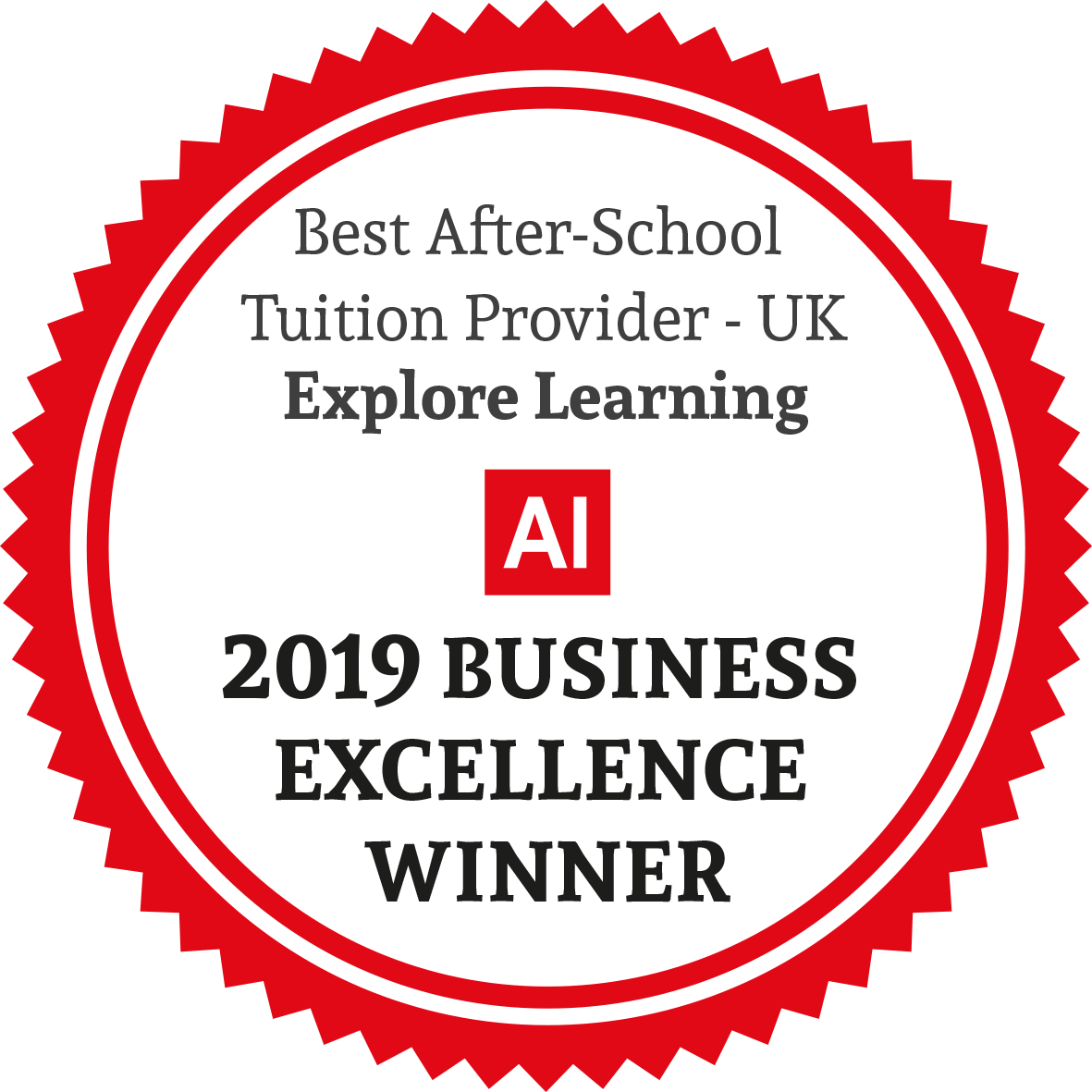How to apply for a primary school place
Your council will provide you with information in the autumn before your child is due to start school. The easiest way is to apply online. You will need to decide which schools you want to apply for and then complete an online application form.
Some primary schools, such as faith schools, require you to fill in a Supplementary Information Form (SIF) as well as the Local Authority application form. These have to be returned directly to the school, so make sure you find out if you need to complete a SIF otherwise your child may miss out on a place that they would have been entitled to.
Researching primary schools
Here’s some top tips for researching your school options.
From home you can:
Find schools in your area– your council will have a directory of local schools or a school map online for you to use.
Find out the basic details for each school from their website. A school website will include:
– admission arrangements, including how to apply
– details of the curriculum
– behaviour policy
– links to Ofsted reports
– links to performance data
– the school’s latest key stage 2 and 4 attainment and progress measures
– their policies for children with special educational needs and disabilities– the amount of money they get for taking underprivileged children (the ‘pupil premium’), what they do with it and the effect it’s had
Read the school’s most recent Ofsted reports
Check school performance tables.
Read the school’s recent newsletters.
Check how many places they are offering (this is known as the published admissions number or PAN) and also how many people applied and were offered a place last year on the school’s website. This will give you an idea of how oversubscribed the school might be.
Check their admission criteria (how they allocate places) on the school’s website and consider how this may affect your chances of being offered a place.
Be sure to visit the school if you're able. This is the best way to get a feel for the unique ethos of the school and it’s leadership. Schools will have published open days but you can also contact them directly to arrange a time for you and your child to have a look around.
How many primary schools can you apply for?
The number of schools you can apply for will vary depending on where you live. Often it’s between 4-6 schools. It makes sense to use all your choices: if you only list one or two schools and don’t get a place, you may end up being offered a school that you didn’t want or one that’s further away from home.
Do primary schools have catchment areas?
Primary schools have areas where most children who attend the school live. These are a good indicator of how likely you are to get a school place. However, there is no defined area or line inside which you need to live in order to be offered a place. Catchment areas change each year depending on the number of siblings offered places, children with special medical or social needs and the density of children living in close proximity to the school.
Are you guaranteed a place in the catchment area?
No, sadly there are no guarantees to gaining a school place based on your location.
This is something you need to know:
Parents have a right to express a preference for the school they want their child to attend, but do not have a right for their child to attend that particular school.
This can be really difficult to accept if your heart is set on a specific school. However, don’t lose heart – 9 out of 10 families got their first choice of school last year so there’s a strong possibility that you will too.
How do you find out your catchment area?
Check with your local authority website for the most recent admission figures including whether a school has been oversubscribed. Some local authorities publish a rough guide to catchment areas too.
Contact the person responsible for admissions at your preferred school as they will be best placed to advise on local trends such as bulges in sibling applications.
Finding available primary school places
Your local council will have a list of available school places if you are applying outside of the normal time to apply.










